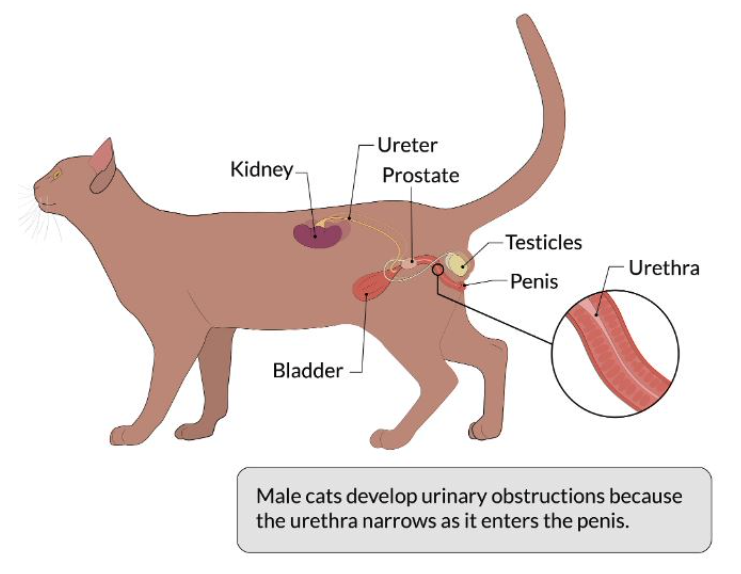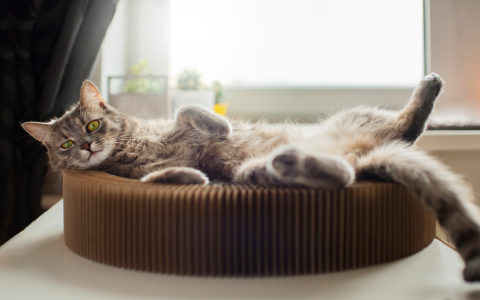Okay, let’s talk perineal urethrostomy (PU) surgery in cats. It’s not something you want to do, but sometimes you have to.
So, it all started with this tomcat, Mr. Whiskers. Came in straining to pee, obviously uncomfortable. First thing I did was palpate his bladder – rock hard. Tried to get a catheter in, but no luck. Blocked solid. We tried flushing, tried different sized catheters, nada. Just couldn’t get past the obstruction.

Why a PU? Well, Mr. Whiskers had a history of urinary issues. Recurrent blockages despite diet changes and meds. We explained to the owner that this was likely a chronic problem and a PU would give him a better quality of life.
Here’s the gist of what I did:
- Prep: Got him nice and stable with IV fluids, pain meds. Prepped the surgical site – shaved everything around the perineum. Think bikini wax for cats, but way more aggressive. Scrubbed, scrubbed, scrubbed with chlorhexidine.
- Positioning: Placed him in perineal position – basically, butt up in the air. Taped his tail out of the way.
- Incision: Made a diamond-shaped incision around the scrotum and prepuce. Started dissecting out the urethra. Gotta be careful here, those tissues are delicate.
- Dissection: Dissected the urethra free, trying to get as far up as possible, ideally to the bulbourethral glands. The goal is to create a wider, shorter opening, so you need to get to a point where the urethra is wider.
- Urethrotomy: Made a longitudinal incision along the urethra. You need to make sure the opening is wide enough – this is the new urethral opening, so it needs to be big enough for him to pee comfortably.
- Suturing: This is the tedious part. I used fine suture material (4-0 or 5-0 absorbable) to suture the urethral mucosa to the skin. Think of it like creating a little buttonhole. I did simple interrupted sutures, making sure to get good apposition of the tissues. This part takes time and patience.
- Closure: Once the urethral opening was nicely sutured, I closed the subcutaneous tissues and skin.
- Post-op: Pain meds, antibiotics. E-collar mandatory. Those cats will lick and chew at that site like there’s no tomorrow. Monitor urine output closely. We kept him hospitalized for a few days to make sure he was urinating normally.
Biggest Challenge? The dissection. It’s easy to tear the urethra, especially if it’s inflamed or damaged. And getting good apposition of the tissues when suturing – that takes practice.
Outcome? Mr. Whiskers did great! Started peeing normally within a day. The owner was so relieved. It’s definitely a surgery that can dramatically improve a cat’s quality of life.
It’s not a glamorous surgery, and it can be stressful, but it’s a rewarding one when it goes well. Always remember good tissue handling, meticulous technique, and aggressive post-op care are key!






